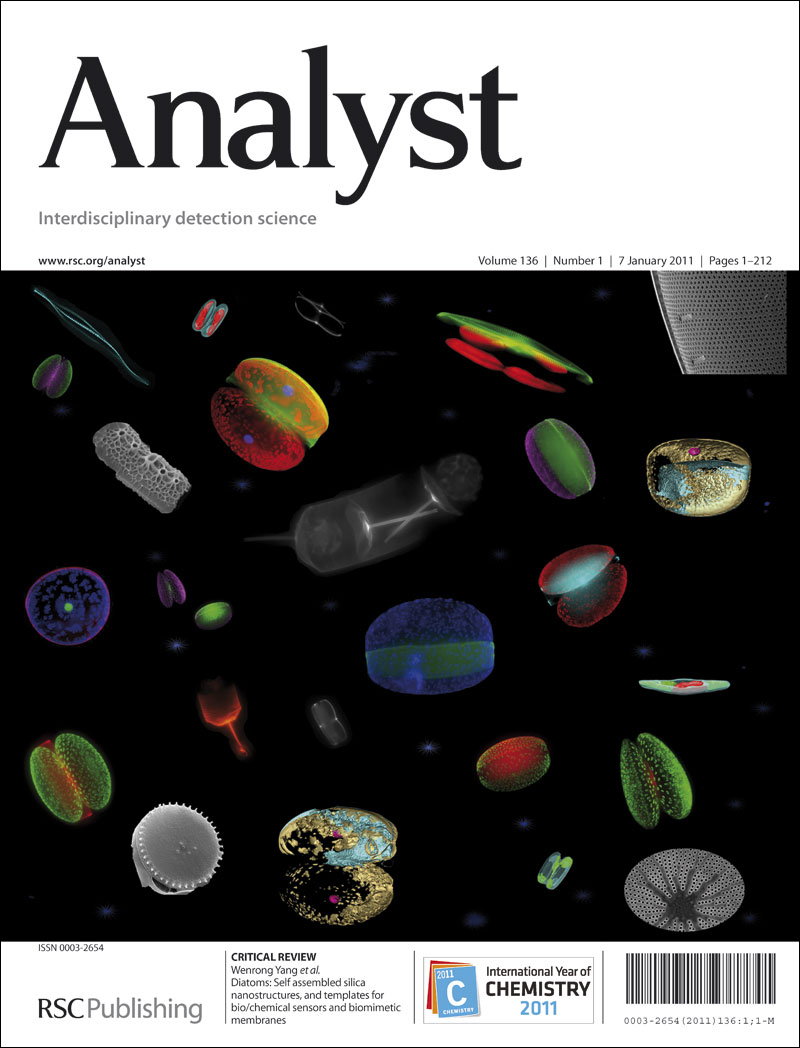基于三角深度卷积网络的拉曼光谱数据基线校正
IF 3.6
3区 化学
Q2 CHEMISTRY, ANALYTICAL
引用次数: 0
摘要
拉曼光谱需要基线校正,以解决荧光和仪器相关的畸变。现有的基线校正方法大致可分为传统的数学方法和基于深度学习的技术。虽然传统方法通常需要手动调整不同光谱数据集的参数,但深度学习方法提供了更大的适应性并增强了自动化。最近关于基于深度学习的基线校正的研究主要集中在优化现有方法或设计新的网络架构来提高校正性能。本研究在前人研究的基础上,提出了一种新的深度学习网络架构,以进一步提高基线校正的有效性。实验结果表明,该方法具有更高的校正精度,减少了计算时间,并且更有效地保留了峰值强度和形状。本文章由计算机程序翻译,如有差异,请以英文原文为准。
Baseline correction of Raman spectral data using triangular deep convolutional networks
Raman spectroscopy requires baseline correction to address fluorescence and instrumentation-related distortions. Existing baseline correction methods can be broadly classified into traditional mathematical approaches and deep learning-based techniques. While traditional methods often require manual parameter tuning for different spectral datasets, deep learning methods offer greater adaptability and enhance automation. Recent research on deep learning-based baseline correction has primarily focused on optimizing existing methods or designing new network architectures to improve correction performance. This study proposes a novel deep learning network architecture to further enhance baseline correction effectiveness, building upon prior research. Experimental results demonstrate that the proposed method outperforms existing approaches by achieving superior correction accuracy, reducing computation time, and more effectively preserving peak intensity and shape.
求助全文
通过发布文献求助,成功后即可免费获取论文全文。
去求助
来源期刊

Analyst
化学-分析化学
CiteScore
7.80
自引率
4.80%
发文量
636
审稿时长
1.9 months
期刊介绍:
"Analyst" journal is the home of premier fundamental discoveries, inventions and applications in the analytical and bioanalytical sciences.
 求助内容:
求助内容: 应助结果提醒方式:
应助结果提醒方式:


